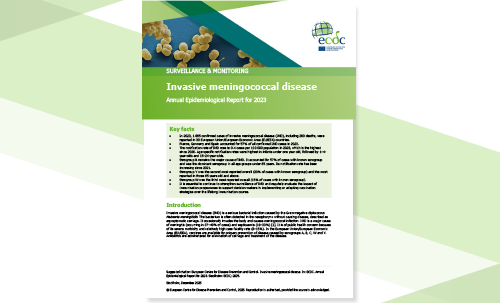As teens gain more independence in their food choices, many parents struggle to navigate conversations about nutrition -which could be especially important during the holidays, when celebrations often center around meals.
While…

As teens gain more independence in their food choices, many parents struggle to navigate conversations about nutrition -which could be especially important during the holidays, when celebrations often center around meals.
While…

In 2023, 1 895 confirmed cases of invasive…


Lung cancer is the leading cause of cancer-related deaths worldwide, with the highest mortality rates observed in both men and women.1 Surgical resection remains a cornerstone of curative treatment for early-stage lung cancer.2…

Empowering people to regulate their lifestyles, adopt healthy behaviors, and abstain from or change high-risk behaviors may have a significant impact on the prevention of serious chronic illnesses, their induced complications,…

For years, chocolate has been linked to weight gain, acne, and dental problems.
However, scientific research is increasingly presenting a different picture. Studies now suggest that dark chocolate, when consumed in…

If gut bacteria are too similar to the protective layer of nerves, they can misdirect the immune system and cause it to attack its own nervous system. This mechanism can accelerate the progression of multiple sclerosis, as…

NHS Dumfries and Galloway has restricted hospital visits as part of efforts to stem rising flu and norovirus cases in the area.
The health board will only allow essential visiting – to end-of-life patients, newborn babies and people with mental…

Osteoarthritis of the knee (KOA) is a common joint disease associated with a variety of factors, including age, obesity, metabolic bone disease, and acute or chronic joint injury.1 Studies have shown that the prevalence of KOA…